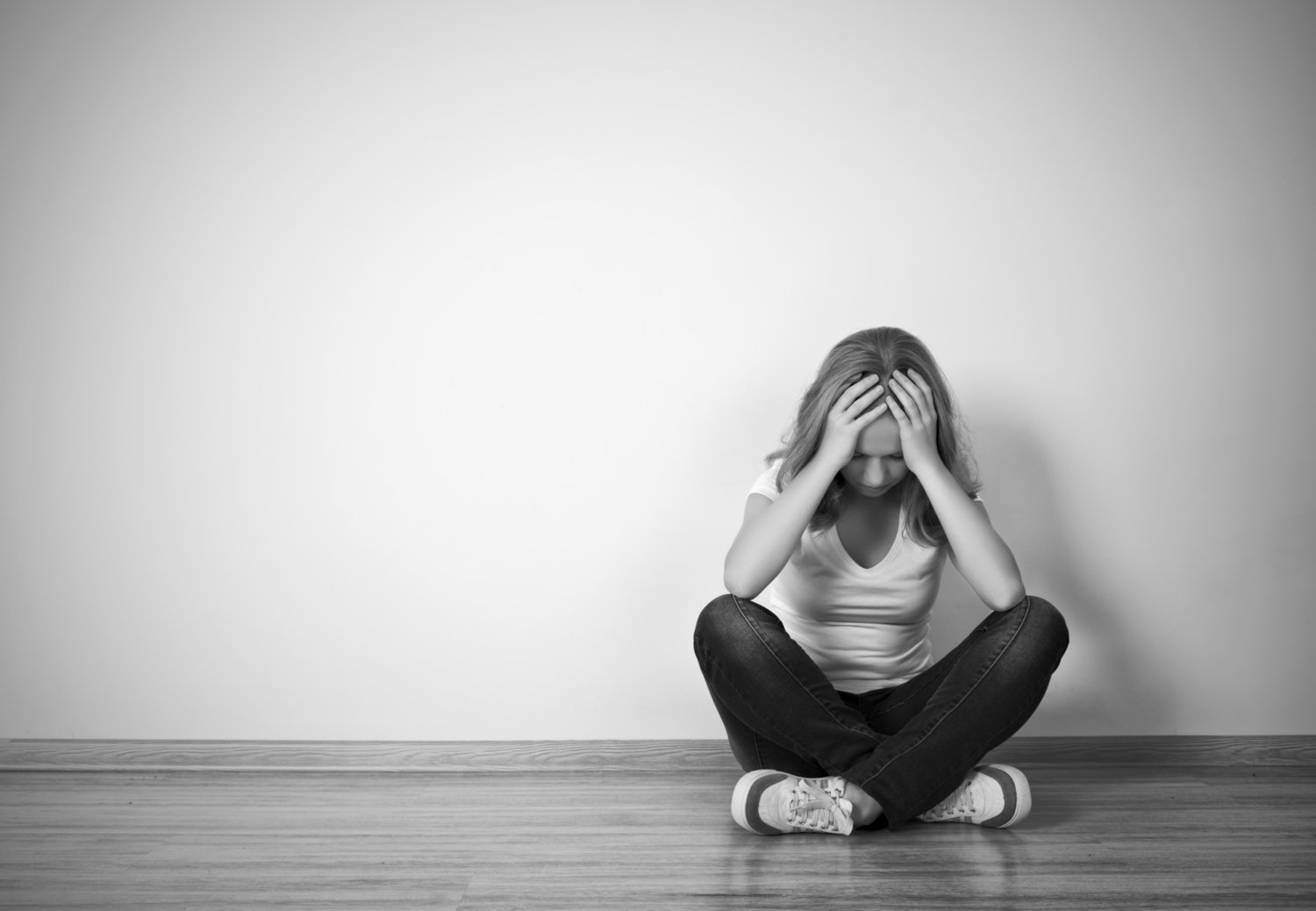Compulsive Exercise: Are You Overdoing It?
by Karin Kratina, PhD, RDN, LDN, SEP
(This article has been published in several journals.)
Do you know someone who works out harder than most people you know, who plans their days around their workout schedule? Who turns down social engagements as they might interfere with working out. Who, if they don’t get in their full workout, fear they will backslide, and focus on squeezing in more ASAP.
This may be you?
If so, from the outside, you likely appear to be motivated, fit and happy.
In actuality, you may feel too tired to go out with her friends, too afraid to quit working out and increasingly alone and lonely.
If you have an injury, you continue to work out, even when your doctor tells you to stop.
If you are unable to workout, you may feel depressed and anxious.
Men and women such as this are presenting to counseling in increasing numbers--not because they want to slow down their exercise, but because something is interfering with their ability to exercise.
If these exercisers took a close look at what they are doing, they would find that their activity is not about performance or reshaping their bodies, but about dealing with life.
They would find exercise is essential to them to provide a feeling of mental well-being, to release their tension and anger, and even relieve anxiety and depression. They also would find they have few other strategies to cope with these feelings.
Diagnostic Criteria for Exercise Dependence
While there are many terms in the literature used interchangeably with compulsive exercise, "exercise dependence" is the preferred term. In 1987, de Coverly Veale proposed diagnostic criteria for exercise dependence using the core features of a dependence syndrome (4):
A narrowing of repartee, leading to a stereotyped pattern of exercise with a regular schedule, once or more daily;
Salience with the individual; giving increased priority over other activities to maintain the pattern of exercise, obviously giving up other things in life so that they can maintain their exercise;
Increased tolerance to the amount of exercise performed over the years;
Withdrawal symptoms related to a disorder of mood, following a cessation of the exercise schedule;
Relief or avoidance of withdrawal symptoms by further exercise;
Subjective awareness of a compulsion to exercise;
Rapid reinstatement of the previous pattern of exercise and withdrawal after a period of abstinence.
Associated Features:
Either the individual continues to exercise despite a serious physical disorder known to be caused, aggravated, or prolonged by exercise and is advised as such by a health professional;
The individual has argumentive difficulties with his partner, family, friends or occupation;
The self-inflicted loss of weight by dieting is as a means towards improving performance.
According to de Coverly Veale, "primary exercise dependence" occurs when an individual meets all of the proposed criteria and anorexia nervosa and bulimia nervosa are ruled out. Pure exercise dependence is found most often in middle-aged men in their 40's and 50's. Weight loss by dieting is seen in primary exercise dependence as a means to improve performance; however, if weight loss is too drastic, performance would be impaired, so typically weight is not allowed to drop too low.
Excessive exercise directed towards weight loss or balancing caloric intake is regarded as "secondary exercise dependence". Most often, this kind of activity involves individuals who have a primary diagnoses of an eating disorder.
The prevalence of exercise dependence is not known. Some researchers believe a relatively small percent of men and women have a severe dependence; others feel that as many as 7% of committed exercisers are dependent on exercise. Possibly 50% of anorexics and bulimics deal with some form of exercise dependence.
Withdrawal Symptoms When Stop Exercising
A core feature of any dependency is the experience of negative affect when the object of dependence is removed. Glasser described the negative effect that runners experience when they are forced to forego running. Symptoms he found were:
depressed mood
irritability
fatigue
anxiety
impaired concentration
sleep disturbance
guilt
tension
vague sense of discomfort
These symptoms were relieved when running was resumed. (5)
There are no conclusive studies as to why these affective withdrawal symptoms occur. Some believe these exercisers are addicted to endorphins, the morphine-like hormones secreted by the body under stress, and that withdrawal from endorphins creates the symptoms. It is the endorphin release that is thought to cause what is commonly referred to as "runner's high".
Exercise is Used as a Way to Cope
Another theory regarding exercise dependence is that exercise has become a means of coping. A person may exercise to deal with feelings (tension, stress, anger, guilt, anxiety, loneliness, etc.).
Often unaware of the feelings, the dependent person simply acknowledges the drive to exercise which pushes down these feelings. Without exercise, the thoughts and feelings which have been avoided and denied flood back.
Essentially, the dependent exercisers have been working out their bodies rather than their problems. Without effective coping mechanisms, they become overwhelmed and are compelled to exercise again to control unwanted feelings. What began as the pursuit of pleasure had become the avoidance of pain.
Treating Exercise Dependency
Typically, compulsive activities are a source of shame and embarrassment. Not so with exercise dependence. This is not a shame-based activity. The exercisers like what they are doing.
Exercise dependent clients typically present to treatment because they no longer are able to continue the exercise. Possibly their doctor told them they need to seek counseling when injuries are not healing, or their partner threatens to leave if therapy is not initiated. But those with exercise dependence tend to be resistant to exploring issues around their exercise.
If the purpose of exercise dependence is to avoid and deny the underlying feelings, anxiety and/or depression, the recovery involves identifying and dealing effectively with these feelings.
Without effective coping skills, it is difficult to endure the uncomfortable feelings that arise when exercise is curtailed. An understanding friend, skilled dietitian or exercise physiologist, or therapist may aid in the process.
Changing Up the Exercise
Therapy is not always needed. But to move from compulsive exercise to a more joyful and easy going pattern of regular activity, some changes are needed.
Start by making some small changes in your exercise, and some of these may sound odd. I asked one client to wear sandals rather than walking shoes when she power walked. She returned with a very different perspective of her walking and thereafter used her ability to 'chose sandals for her walk' as an indication of the intensity of her feelings.
Most dependent exercisers have repetitive exercise patterns. Begin to interfere with those patterns. The possibilities are endless. For example:
Go the opposite direction. Run clockwise instead of counter-clockwise.
Change the order of the activities. Do weights first rather than last.
Switch activities. Swim instead of run, use a free weight for biceps rather than a machine.
Take a different aerobics class.
Wear different gear. Run in torn gym shorts rather than sleek running shorts.
Quit counting. (How would you know when to stop?
Instead of pushing a feeling down during exercise, stay present to them while exercising. You can even express emotion as you workout….check out this video of a form of aerobic dance, NIA: Non-Impact Aerobics.
Cut Back on Exercise
To break free from the grip of compulsive exercise, eventually the intensity, frequency and/or duration of the exercise must be reduced. This reduction can occur over time, or can be "cold turkey".
Since withdrawal symptoms are usually most intense 36 to 48 hours after ceasing exercise, I work with clients to omit exercise for three days and then process what happened. I explain what they most likely will experience and help them set up a support system. This break from activity can allow a compulsive exerciser to see the impact exercise has on their lives and create an opening to make changes.
Challenge Belief Systems
Compulsive exercise is fueled by cognitive distortions — beliefs about exercise, health, and fitness that keep you stuck, and that often are not accurate. For instance, there is scientific evidence showing that training daily is counterproductive to fitness goals, and that you will not lose fitness if you take off a day or two. Muscles need days without exercise to recover and refuel.
You need to understand how and why calories eaten will replace depleted glycogen stores, helping performance. And how even minimal movement can contribute to health and be considered exercise.
An Example of Cognitive Distortions About Exercise
In a group I facilitated at the Renfrew Center, a client, "Debbie," was expressing difficulty getting in touch with her feelings. A group member challenged her saying, "Well, you exercise all the time, anyway" (inferring that it is difficult to get in touch with feeling when exercising frequently).
Debbie disagreed with her stating she exercised "20 minutes a day." I also taught aerobics classes at Renfrew so I had some first hand knowledge of her exercise patterns. This is the conversation that followed:
I said, "I'm confused because you come to my aerobics class, and that's a 45 minute class. Do you leave before we're finished?"
"No," she said "twenty minutes. The other stuff, the sit-ups, push-ups and other stuff is not really exercise."
I asked her "what is exercise?"
She said, "Exercise is when you get your heart rate up."
Someone else said, "But you walk all the time, you walk to the store and everywhere."
Debbie said, "That's not really exercise, because I don't get my heart rate up."
We explored her beliefs, but she steadfastly maintained that she exercised only 20 minutes a day. Later, she talked about another resident who "exercised all the time."
I said, "Why is walking for her exercise, but not for you?" She laughed at this inconsistency in her thinking and was willing to discuss it. Thereafter she began to open up and explore her own relationship with exercise.
Developing Other Coping Tools
Alternative coping methods must be strengthened. Give yourself a chance and experiment with different coping skills. A consultation with an exercise physiologist familiar with exercise dependence may be helpful to outline a sound exercise program.
Relaxation tapes and journaling can help with feelings and anxiety that may arise. A goal is to learn to truly enjoy movement for the sake of moving and being fully present.
As exercise is decreased, you will have more time on your hands. Plan activities that can take the place of goal directed exercise that are nurturing and relaxing...movies or dinner with a friend, adopt and train a pet, maintain an aquarium, garden, take a slow walk on the beach, sit and watch the sunset, read a good book.
Recovery from Compulsive Exercise
Recovery involves learning to trust relationships, to vent feelings, to be assertive, to take risks, and to meet personal needs. Underlying conflict, that you may have previously avoided and denied, will need to be confronted and worked through. Self-image and self-esteem will need to be built in areas other than exercise. You will need to learn to trust and depend on other people in their lives in order to move beyond exercise dependence.
The goal is to be active, and healthy, but to not have your life wrapped around your exercise patterns. Give us a call if we can help.














